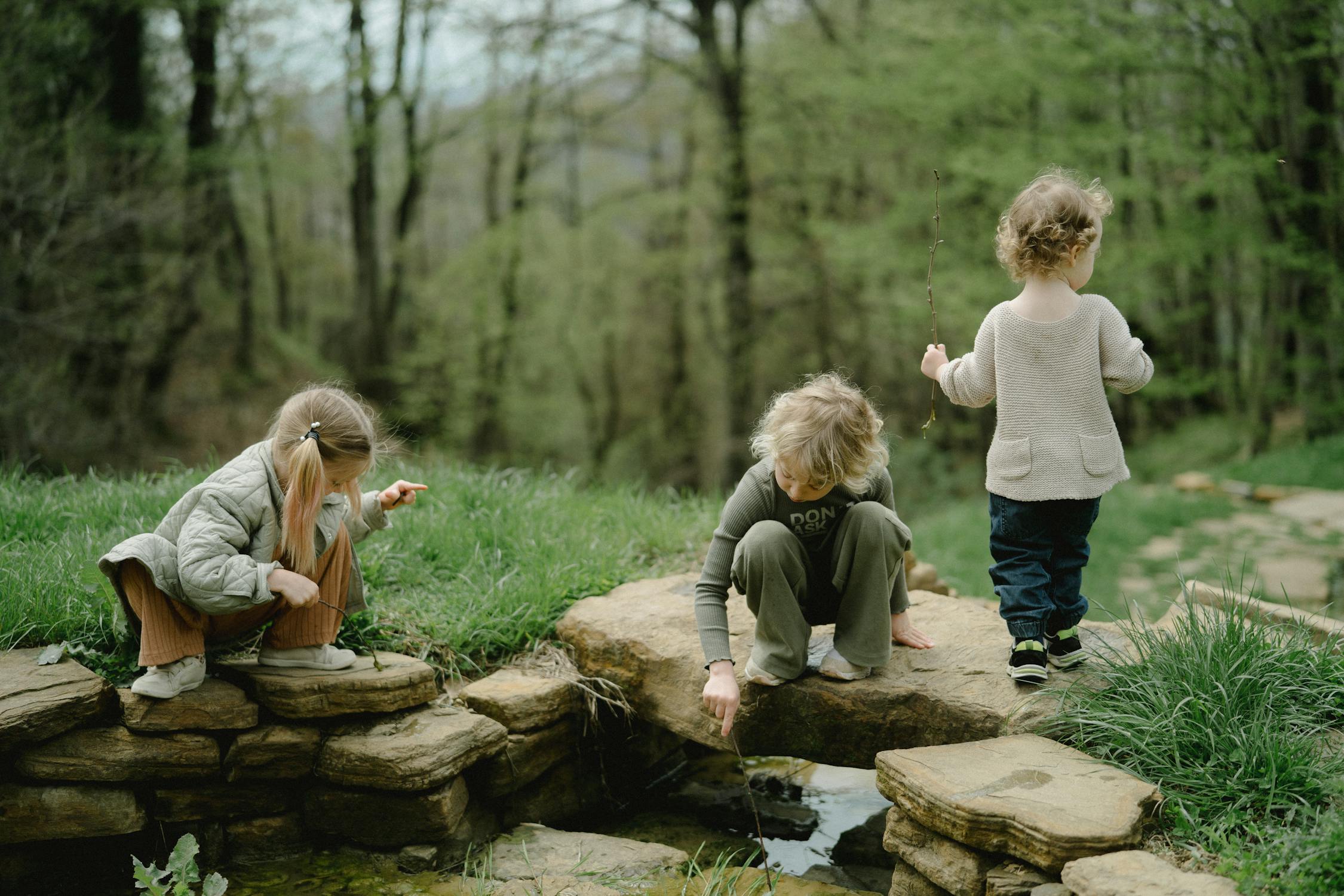Introduction: How Birth Order Influences Family Dynamics
Have you ever stopped to think about how the order in which we are born can affect our personality, the way we handle challenges, and even our relationships with our siblings? Family dynamics play a crucial role in shaping our identities, and the position we occupy in the birth order has more influence than we might realize. Whether you’re the oldest, middle, or youngest child, you know that, in some way, this shapes how you are seen within the family — and even how you see the world.
But what does this really mean? How do these dynamics influence our behavior and expectations? In this article, we’ll explore the main aspects of this question, understanding the typical characteristics of each birth position and how they impact personality and relationships between siblings.
The Oldest Child: The Responsible One and Natural Leader
The Weight of Expectations
When the firstborn arrives in a family, a series of expectations start to form. They are often the “pioneer,” the first to go through all the stages of childhood, like learning to walk, talk, and attend school. This fact places a significant amount of responsibility on the oldest child’s shoulders. They are often seen as the role model for their younger siblings, which can create a sense of always being watched and pressured.
The oldest child often assumes a “natural leader” role within the home. This can reflect in their behavior throughout life: they tend to be more responsible, organized, and often more self-critical. The pressure to set a positive example for younger siblings can be heavy, leading many oldest children to develop a need for perfection and control.
Character and Relationships
The character of the oldest child tends to be shaped by this balance between responsibility and expectation. They often become more self-confident and mature, but may also be more anxious or prone to perfectionism. In relationships, especially as adults, they tend to be the “caretakers” of the family, seeking to protect and help others. However, this position can also lead to emotional distancing, as they may feel the need to maintain an authoritative stance in relation to their siblings.
The Middle Child: The Mediator and Challenger of the Status Quo
Balancing the Extremes

The middle child is often considered the “peacemaker” of the family. They don’t have the responsibility of the oldest child, nor the privileges of the youngest. They must carve out their own space, often striving to stand out among their siblings. While the firstborn takes on a leadership role and the youngest is seen as the protected one, the middle child must cope with the challenge of being “neither the first nor the last.”
This can result in a personality that constantly seeks independence and affirmation. Many middle children develop great adaptability, being more flexible and diplomatic. However, this drive to stand out can also lead to feelings of frustration or the sense that they are never fully valued or recognized.
Character and Relationships
The middle child tends to be sociable and skilled at dealing with different types of people, having learned to negotiate their space and identity from an early age. They often become excellent communicators and have a strong ability to resolve conflicts. In some cases, the feeling of “not being enough” can lead to rebellious or challenging behavior, as a way to assert their individuality. However, many middle children end up being the “pacifiers” in the family, always seeking to balance tensions and maintain harmony.
In relationships, this position tends to make the middle child more empathetic, as they have learned to put themselves in others’ shoes to negotiate their place. They are also typically more flexible and less likely to establish rigid rules, as they didn’t receive as much authority as the older sibling.
The Youngest Child: The Protected One and Creator of Rarities
Freedom and the Search for Attention
The youngest child is undoubtedly the most protected in the family. Being the youngest often means receiving more attention from parents and, frequently, from older siblings. This can make the youngest child feel special and unique, which is why they tend to have a more laid-back personality, often focused on fun and spontaneity.
However, this position can also create a sense of dependency, as the youngest child may be more inclined to rely on others for support. In many cases, the youngest is seen as the “spoiled” one, which can hinder their development of independence and self-sufficiency.
Character and Relationships
The youngest child is often described as the most creative and extroverted of the siblings. They have the advantage of learning from the successes and mistakes of their older siblings, which can give them a sense of confidence and freedom. Often, the youngest is more social and curious, constantly seeking new experiences and adventures. However, they may also struggle to handle responsibilities and feel insecure in situations that require independence.
In relationships, the youngest tends to be the “charmer,” always with a charismatic personality capable of attracting attention from others. However, this constant search for attention can also lead to emotional immaturity, as they may struggle to take on responsibilities or handle pressure.
How Family Dynamics Shape Behaviors and Expectations Among Siblings
Factors Influencing Personality Differences
It’s important to understand that birth order doesn’t determine everything. Other factors, such as family culture, parenting style, social environment, and each sibling’s personal experiences, also influence personality formation. Additionally, family dynamics are unique, meaning that not all firstborns, middle children, or youngest siblings exhibit the same characteristics.
However, the dynamics between siblings often create a scenario where expectations and behaviors are shaped by each one’s position. For example, an older sibling may feel pressured to be the leader, while the middle child may feel like they must fight to find their place. The youngest, on the other hand, may experience freedom but also face the pressure of not being as mature as the older siblings.
These dynamics form the foundation for the behaviors and attitudes siblings exhibit throughout their lives. They can learn to cope with differences in a healthy way, or, conversely, develop rivalries or frustrations that affect their relationships.
Conclusion: The Lasting Effects of Birth Order
Birth order has a significant impact on shaping sibling personalities. Each position — oldest, middle, or youngest — comes with its own set of responsibilities, expectations, and unique opportunities. Whether you’re the oldest sibling, with the responsibility to lead; the middle sibling, striving to find balance; or the youngest, the protected one who stands out for creativity and spontaneity, all roles are essential in the family dynamic.
Understanding these differences can be useful in improving sibling relationships and also in promoting self-awareness. After all, while birth order influences many aspects of our personality, we are always capable of growing and evolving by learning from our experiences and adapting to life’s challenges.
In the end, family is a reflection of our own stories — and the beauty of sibling dynamics lies in the diversity each one brings to the table.

